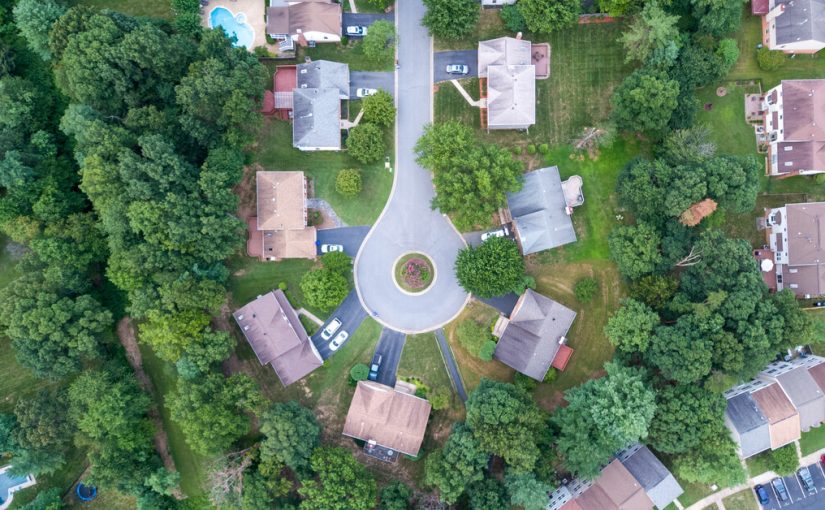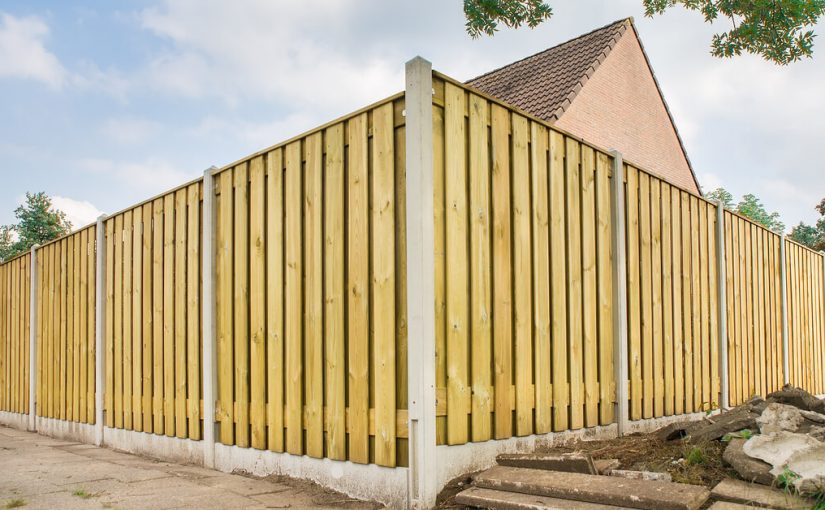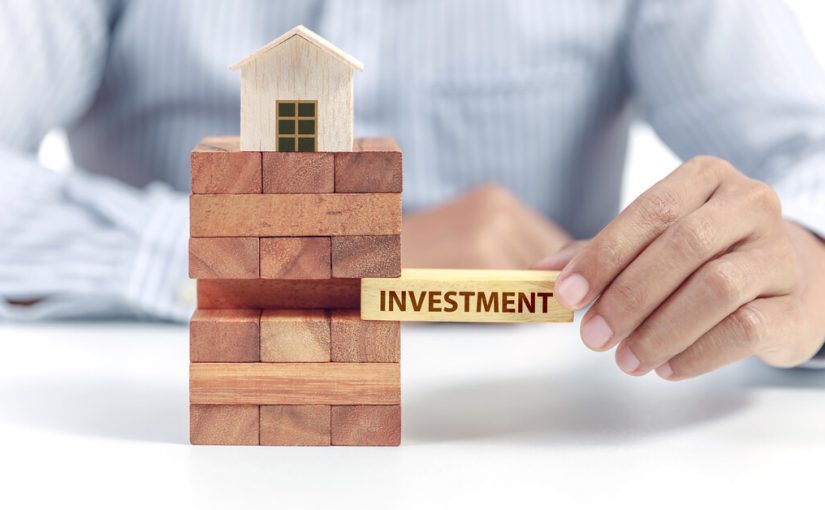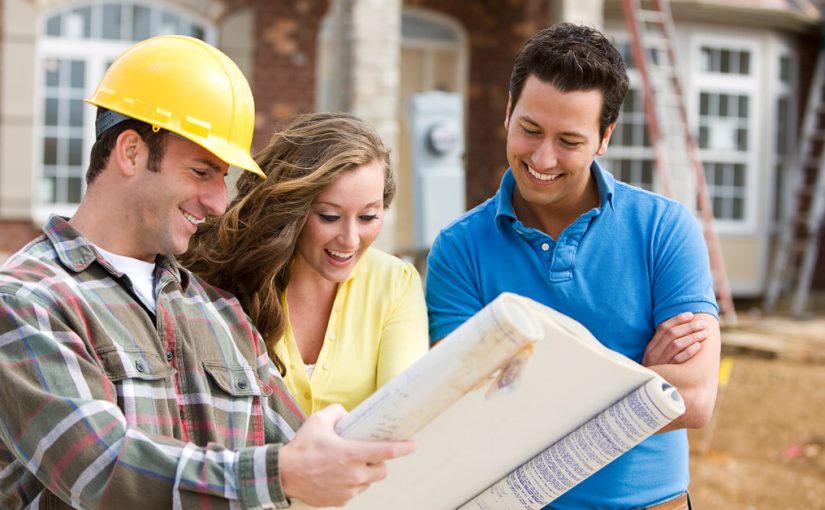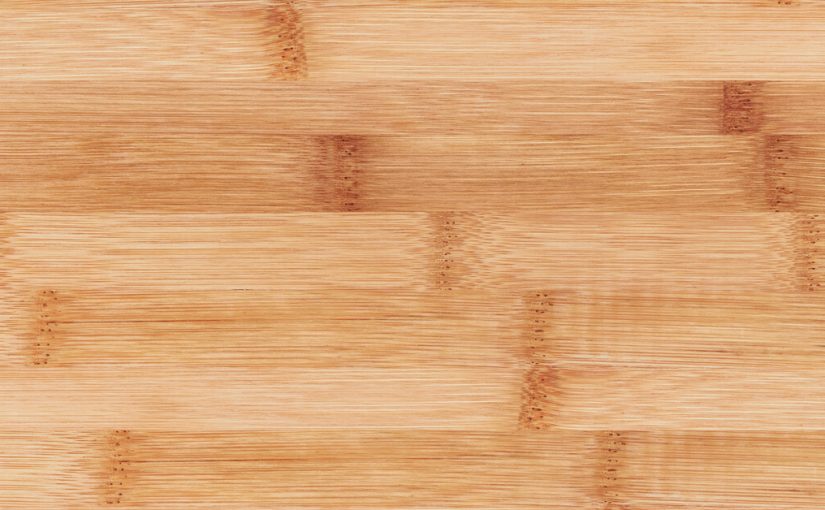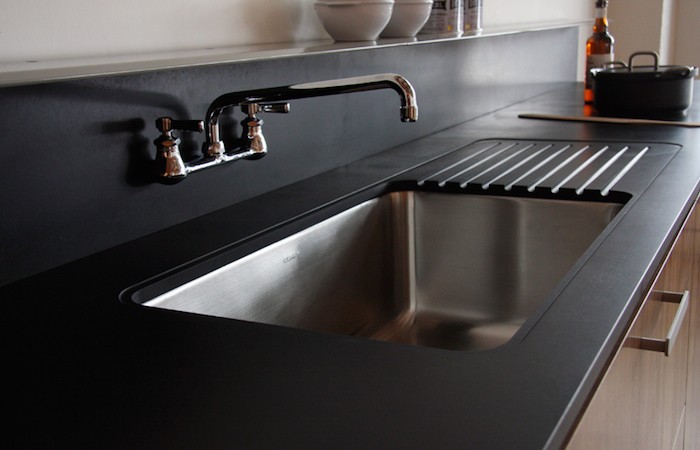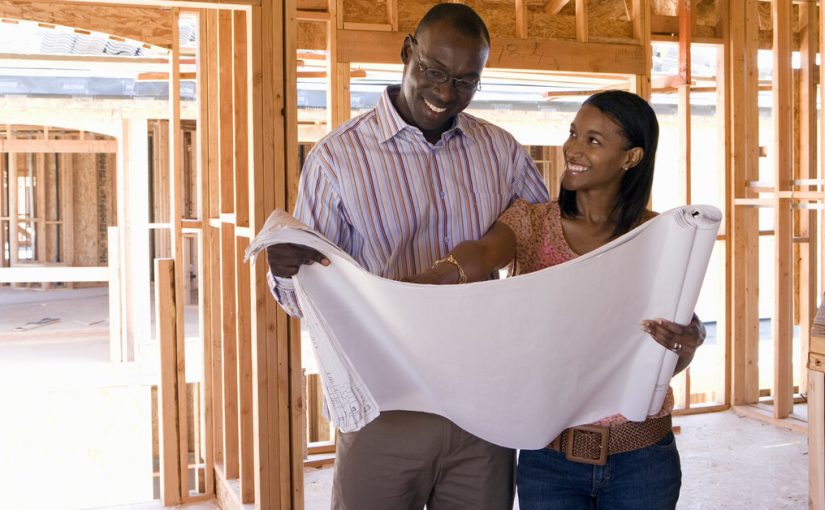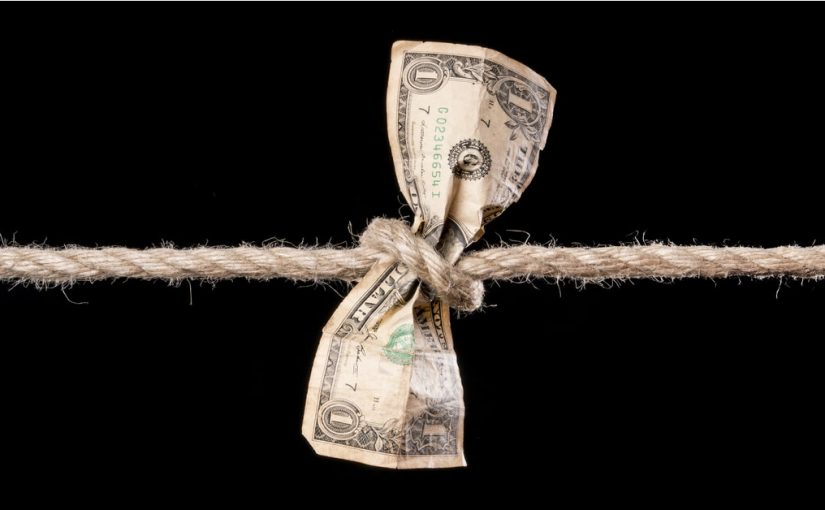(6-min read)
If you’re considering building a new home over buying and you’re reading this article, you’ve likely never been through this process before. If you have, it’s been a while. Even though most of us are excited to start looking at layouts, flooring, and accent features for our custom home, many factors go unconsidered until you’re up to your knees in the build. To help you mentally, emotionally, logistically, and possibly financially for these factors, here are five items to consider when building a new house.
1. The Time of Your Involvement
One of the most beneficial aspects of building a house with an experienced builder is simply deciding what you want and leaving it to the pros to make it so. This is all well and good, but some folks fail to consider just how much time out of their lives it may take to fulfill their role in the process even if they’re not swinging a hammer or touching a paintbrush. Considering designs, layouts, materials, testing them, weighing them against each other — this isn’t merely an afternoon with a designer. Those who are building their own house, even with the help of a home construction professional, say that the project can be as time-intensive for them as a part-time job.
If you’re considering building a custom home, there’s no need to rush into the process. Consider what time of year works best for your lifestyle. Choose a season or time when you feel you will be able to give the project the attention it deserves. After all, building your new house should be an exciting endeavor, not something that makes you want to pull your hair out. When you’re able to dedicate the proper time and focus to the project, this will ensure much better outcomes for your family in the end.
2. Consider Your Daily Use of the Space
As you begin looking at home design magazines and websites for ideas, one aspect to give your utmost consideration in the home building process is how you will use the space daily. Go through your daily routines in your head. Your morning routine may include getting out of bed, making a stop into the bathroom to freshen up, then going to the kitchen to make coffee and then maybe reading a book or the news at a breakfast nook. In the evening, you may want to be able to read while some other family members enjoy a round of videogames. The design layout of your home needs to conform to and flow with your daily lifestyle.
Take your daily routines and the proposed use of your home into account when designing a home layout. A simple way of doing this is to create a rough map. This map should include your starting points, ending points, activities to accomplish along the way, and where other family members may be on their routine journeys. Are you going to be able to talk to your spouse while cooking dinner while they’re relaxing? Do you usually do so? Would you like more privacy or a more open feel? Just because open floorplans are all the rage now doesn’t necessarily mean they are what’s right for your family. Consider your options before jumping into a floorplan isn’t the best for your family.
3. Consider Furniture & Cabinet Placement When Designing
“Surely, my furniture and the cabinets I picked out will work flawlessly in this space.”
These are the words of someone likely in for a little bit of disappointment. You may assume that a space will accommodate your furniture or that the particular set of cabinets will flow best in an area. This may be wishful thinking at best. Even though a living space may have the square footage to accommodate a piece of furniture, the shape of the room may make its use awkward.
To avoid any unwanted surprises, keep furniture and cabinet usage in mind as well as dimensions during the design process. Which direction will those chairs face? Will these directions make communication awkward across spaces? Will cabinet doors open in a way that inhibits design flow or foot traffic? Considering how you intend to use the space, the layout of the furniture, and the purpose the cabinets will help you to choose the best options for your new home construction.
4. It Will Look Ugly For a While, But the Best is Yet to Come
Building a new home comes with a variety of exciting phases — breaking ground on the lot, the pouring of the foundation, seeing the frame reach the sky, etc. Still, several phases aren’t so exciting. In fact, some stages of the build are downright ugly. You may visit the construction site of your home to find plywood, darkened corners, and dumpsters filled to the brim with construction leftovers. It can be easy to lose steam and even possibly grow dismayed during a build.
Though a home construction project may go through an ugly patch, remember that the ugly duckling eventually became a beautiful swan. As the days and weeks go by, you will begin to see the light at the end of the tunnel. As windows, drywall, and flooring are installed, the project will start to feel less like a construction site and more like home.
5. Consider Hiring the Right Home Construction Professionals
Nobody ever said that building a home is cheap. When it comes to certain areas, we may be tempted to cut costs. Cutting costs is fine — you should never pay more than you need to. With that being said, what may end up being more expensive in the long run is hiring the wrong home building professional to help you. Between shotty work, inefficient processes, and bad decisions, going with the cheapest builder may end up compromising the value of your home for decades to come.
Talk to the Home Construction Professionals from Perry Hood Properties
Whether you’re considering building a home, but don’t know where to begin or you’re already halfway through the process, the home construction professionals from Perry Hood Properties can help.
Learn more about the friendly folks from Perry Hood Properties today.



